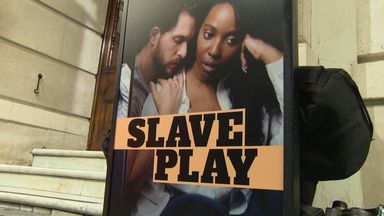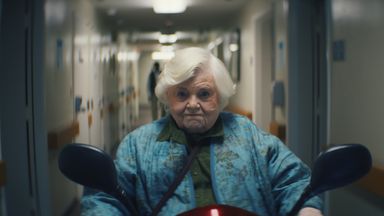Sometime in my late teens I read, in isolation, a description of a plum, which remained in my mind untethered to anything else. It was only in my twenties that I happened upon a paperback of Still Life and, in an unexpected moment of recognition halfway through the most remarkable novel I’ve ever read, I recovered the plum’s origins.
The book is the second of a quartet, but it was my introduction to my literary idol. If, as one of her characters observes, Freud is correct to equate light with eros, then the animating light that AS Byatt casts on everything – an ant colony, an outfit, a plum – makes me fall in love with language again and again. “Tea leaf and gold”: her palette gives me shivers.
In Still Life, Frederica Potter is going up to Cambridge, craving every kind of education and stimulation, while her older sister Stephanie already has Newnham College Cambridge behind her and is back in Yorkshire having babies. It is the mid-1950s, and the sisters navigate between conflicting the domestic and academic “after austerity, before affluence, also before Suez and Hungary”.
Women are now being educated but it is not clear what for – Stephanie’s passion for literature merely expands her understanding of the world outside the kitchen to which she is now confined. Frederica is at Cambridge thinking, “surely it was possible, she said to herself in a kind of panic, to make something of one’s life and be a woman. Surely.”
Frederica is a magnificent creation; awkward, fierce, intellectually voracious and sexually inexperienced. Everything is done gracelessly and with gusto – she goes to France to be an au pair and is immediately “brown and peeling in patches like a plane tree”. She is clever and enraging and infuriating and admirable. She is vivid. In a conviction that only the very, very best fiction can arouse, I am certain both that I know her and, in all her most vulnerable idiocies and misjudgements, am like her.
I could easily have chosen The Virgin in the Garden – that glorious celebration of a novel. But Still Life is the most thumbed paperback that I own, odd pages annotated and highlighted. I once counted the words on five pages at random and took an average; these parts have a Biro number next to each paragraph and a pox of tiny lead marks where I did the actual counting with my pencil tip. I was still at university when I did that. Too scared to study literature, I was taking psychology instead, and as no one was teaching me how to analyse a novel I was busily trying to teach myself, taking this one apart bit by bit.
Of course the numbers taught me nothing, but Byatt’s transcendent novels taught me incalculable lessons.
Disclaimer: The copyright of this article belongs to the original author. Reposting this article is solely for the purpose of information dissemination and does not constitute any investment advice. If there is any infringement, please contact us immediately. We will make corrections or deletions as necessary. Thank you.





